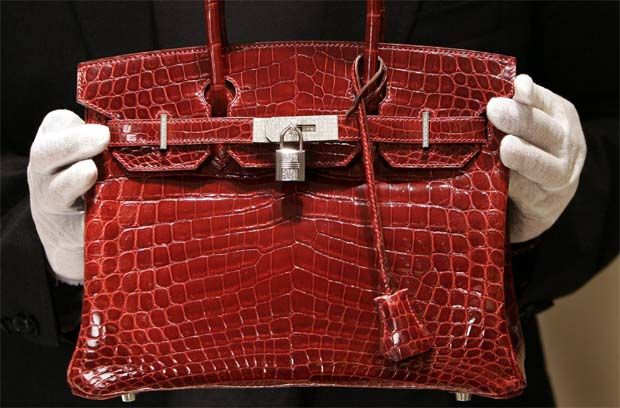Situation showed them 'public power is not for personal use', expert says
China's efforts to fight corruption have paid off, with its anti-graft systems improving and the central government dealing with corruption as strictly as possible.
`
Last year, 25 officials under the management of the Organization Department of the Communist Party of China Central Committee, including 19 provincial-level cadres, were put under investigation, according to the Central Commission for Discipline Inspection and the National Supervisory Commission, the country's top anti-graft bodies.
`
Another 30 officials under the management of the Organization Department were given disciplinary and administrative punishments for violations of Party discipline and national laws.
`
The officials came from different fields, including the judiciary, education and finance.
`
Yang Weidong, a law professor at China University of Political Science and Law, said that the number of officials investigated showed that anti-corruption work remains strict and efforts have been intensified.
`
"Since the 18th CPC National Congress, the CPC Central Committee has emphasized full and strict governance over the Party," Yang said. "It has not lowered standards as time has gone on."
`
According to information about corrupt officials investigated by the two disciplinary watchdogs, more cadres have voluntarily surrendered in recent years.
`
Last year, four under the management of the Organization Department of the CPC Central Committee and 62 officials under the management of organization departments of provincial-level CPC committees voluntarily turned themselves in.
`
That showed the fight against corruption has achieved good results and formed an effective deterrent to corrupt officials, Yang said.
`
"Officials' awareness of the 'bottom line' required by the central government has greatly improved in practice, and the anti-graft situation has clearly shown them that public power is not for personal use," he said. "Once they cross the bottom line, they shall be held accountable.
`
"Once the awareness is rooted in the officials' minds, a virtuous circle will gradually be formed in which public power serves the country and the people. It will also play a positive role in preventing duty-related crimes and corruption."
`
In the first nine months of last year, discipline inspection and supervision organs across the country penalized 1.47 million people, with about 52,000 of them expelled from the Party, removed from public office and transferred for criminal investigation for serious violations, the authorities said.
`
In March, the CPC Central Committee issued a document on strengthening the supervision of top leaders and leading groups of all government organizations.
`
The document said the importance and urgency of strengthening supervision over top leaders and leading groups should be fully recognized. Many effective practices and experiences have been formed in the supervision of leadership, but the oversight of top leaders is still a weak point, and the task of improving the intra-Party supervision system and fulfilling oversight responsibilities remains urgent.
`
It said dereliction of duty by top leaders and leading group members must be investigated seriously, and ordered leading officials at all levels to properly accept supervision by Party organizations and the public and get used to working and living in an environment under supervision and constraints.
`
Universities become focus
`
A crackdown on graft in university management was another significant part of anti-corruption work last year, with a number of university officials punished.
`
Yu Zhigang, former vice-president of China University of Political Science and Law, was accused of taking bribes of 6.9 million yuan ($1.1 million) and using public power for private purposes in July.
`
Liu Chuansheng, a former Party chief of Beijing Normal University who retired in 2016, turned herself in to a central inspection group in July. She is under investigation for suspected serious violations of Party discipline and State laws.
`
"The campus is where people are educated, and corruption in universities could seriously hinder the formation of professionals and affect the development of universities, and even science and technology in the country," said Ji Naili, a professor of anti-corruption studies at the Zhou Enlai School of Government at Nankai University in Tianjin.
`
Corruption among university leaders mainly occurs in areas like enrollment and promotions, which is known to only a few stakeholders, making it difficult to investigate, he said.
`
"Strict anti-corruption campaigns now also target university management, which was usually a low-key position, reflecting that the central government's efforts to strengthen the fight against corruption has revised the traditional understanding of anti-graft work," Ji said.
`
"It also shows that the system of institutional anti-corruption is becoming tighter, leaving less and less space for corrupt officials."
`
- China Daily/ANN/The Star
Related posts:
Learn Common prosperity plan to build a fairer society in China
Corruption as a result of corrupt policies that breed corruptions as Malaysia fails in graft index?























 One common parenting mistake is jumping to conclusions about your
child’s guilt without even giving them a chance to explain first. —
Positive Parenting
One common parenting mistake is jumping to conclusions about your
child’s guilt without even giving them a chance to explain first. —
Positive Parenting


